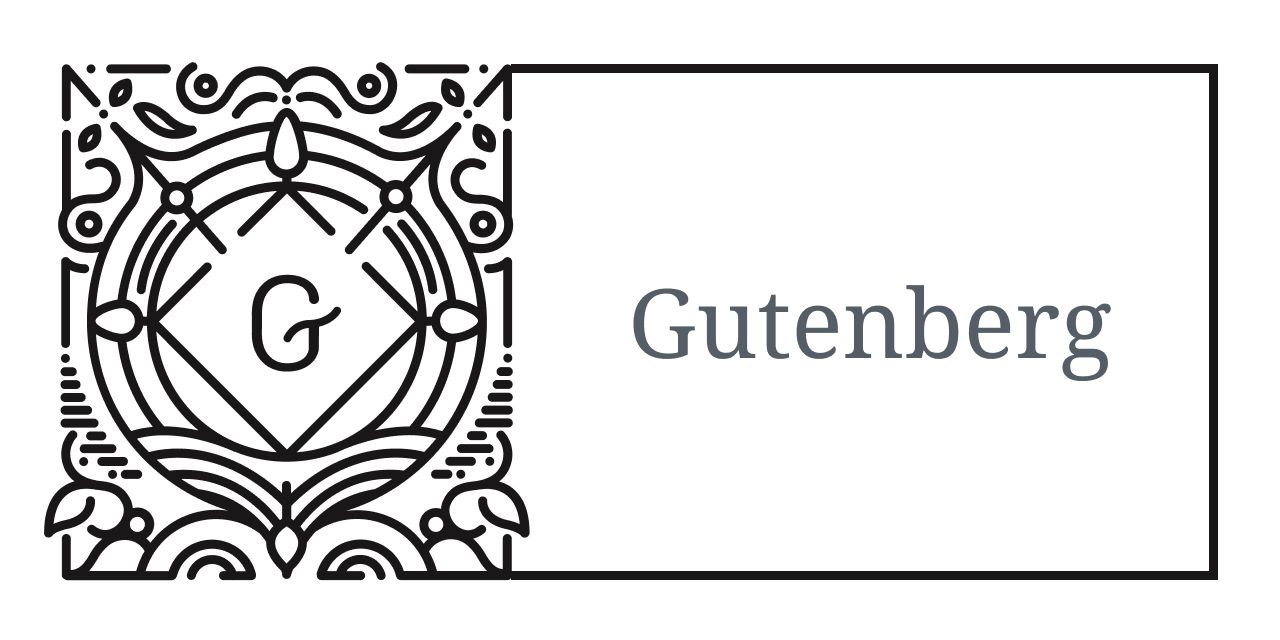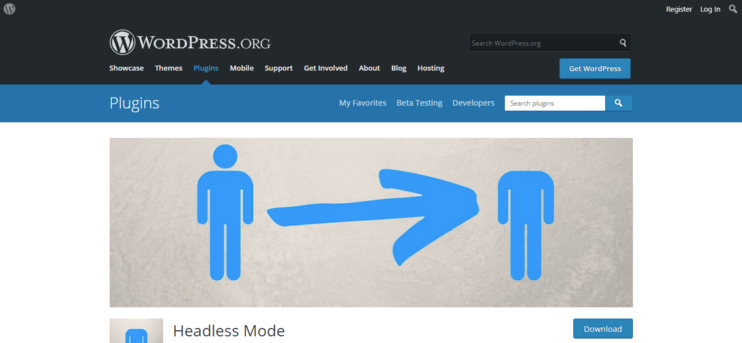As we all know, AI's recognition ability is constantly improving, making some old-style CAPTCHAs easily recognized by machines. Therefore, how to improve security while maintaining a good user experience will become an important direction for website protection in the future. In this paper, we will start from AI to CAPTCHA The four aspects of the impact of the technology, the risks faced by the site, feasible defense strategies and future trends, to help readers comprehensively understand the evolution of this security field of logic and ideas to deal with.
![Image [1] - AI is Disrupting WordPress Security: The Life and Death of CAPTCHA and Future Opportunities](http://gqxi.cn/wp-content/uploads/2025/10/20251023175921675-img_v3_02rb_db2ad286-f077-4eba-be9a-84ac99a01efg.jpg)
i. background: why captcha still matters
CAPTCHA(Distinguishing between human and machine testing) is the first line of defense in protecting registrations, logins, comments, and other portals from automated abuse. With the popularity of e-commerce, membership and content platforms, attacks such as spammy registrations, spamming, comment swiping, and brute-force cracking have caused substantial harm to business and reputation. Traditional graphical or text-based CAPTCHA was effective for a long time, but with technological advances, the strength of its protection is facing new tests.
II. New variables brought about by artificial intelligence
Artificial Intelligence (especially Deep Learning and Image Recognition) has made tremendous progress in pattern recognition in recent years, which makes some automated means of detection based on visual or simple behavioral features more vulnerable. It is important to emphasize that only impacts and trends are discussed here, not actionable details. Overall, advances in AI are driving attackers to use smarter automated scripts, more sophisticated agent networks, and simulated behaviors, thus increasing the "success rate" of large-scale abuse.
![Image [2] - AI is Disrupting WordPress Security: The Life and Death of CAPTCHA and Future Opportunities](http://gqxi.cn/wp-content/uploads/2025/10/20251023150014865-image.png)
III. Risks and challenges
- Increase in detection miscalculations: Smarter automated tools that more realistically mimic simple human behavior lead to a failure or increase in false positives for traditional rate-based or simple behavioral thresholds for intercepts.
- Balancing user experience and security becomes difficult: In order to defend against stronger attacks, sites may have to use more complex interactive authentication, which in turn affects conversion rates and user satisfaction.
- Rising resource inputs: Continuously responding to intelligent attacks requires more monitoring, logging, and security staffing inputs, posing a burden on small and medium-sized sites.
- multidirectional attack surface: An attacker may place CAPTCHA Bypassing as part of a chain (e.g., session hijacking, proxy pooling, rate dispersion) is difficult to completely protect against with CAPTCHA alone.
IV. Defense Ideas and Best Practices
- Defense in Depth (DID)Do not rely on a single CAPTCHA; using CAPTCHAs in conjunction with rate limiting, IP/proxy detection, device fingerprinting, login attempt monitoring, etc. can significantly improve overall protection.
![Image [3] - AI is Disrupting WordPress Security: The Life and Death of CAPTCHA and Future Opportunities](http://gqxi.cn/wp-content/uploads/2025/10/20251023150329882-image.png)
- Behavior Analysis and Anomaly Detection: Identify anomalous behavior by analyzing a combination of features such as session length, mouse track (in a privacy-compliant manner), input speed and page dwell time. It is important to reduce false positives in a statistical and threshold-adaptive manner.
- Dynamic and Adaptive Verification: Dynamically adjusts validation strength based on request risk (low-risk users reduce interference, high-risk requests trigger stricter validation or multi-factor).
- Use a reputable verification service: Choose a third-party service that continually updates its algorithms and can respond to new types of attacks (while reviewing privacy terms and compliance).
- Multi-Factor Accreditation (MFA): Enable for critical operations (e.g. account modifications, withdrawals) MFA, reducing the risk of a single point of failure.
![Image [4] - AI is Disrupting WordPress Security: The Life and Death of CAPTCHA and Future Opportunities](http://gqxi.cn/wp-content/uploads/2025/10/20251023150425418-image.png)
- Continuous Monitoring and Log Retention: Establish automatic alerts and suspicious activity traceability processes to facilitate rapid response and forensics when attacks are amplified.
- Paced Updates and Backtests: Conduct periodic security regression tests in a test environment to verify that the CAPTCHA Linkage effect with other means of protection.
- Blocking agents and misuse of sources: Combine reputation repository and rate policies with stricter policies for obvious proxy pools, data center IPs, but be careful to avoid impacting legitimate users (e.g., enterprise VPNs).
V. Compliance, Ethics and User Experience Considerations
Webmasters should balance privacy and accessibility while strengthening protection. Over-reliance on certain behavioral detection may inadvertently harm users with disabilities or violate data protection regulations. It is recommended that privacy notices be made public, accessibility options (e.g. alternative authentication methods) be made available, and complaint channels be maintained.
VI. Future trends and opportunities
- The Rise of Adaptive Defense AI: Defenses are also using machine learning to improve detection capabilities, creating an offensive and defensive race.
- Seamless risk-based validation: In the future, there will be more use of frictionless authentication, which only disturbs the user when the risk is high.
![Image [5] - AI is Disrupting WordPress Security: The Life and Death of CAPTCHA and Future Opportunities](http://gqxi.cn/wp-content/uploads/2025/10/20251023150913875-image.png)
- Federal Threat Intelligence Sharing: Cross-platform sharing of malicious IPs, proxy profiles and abuse samples will benefit small and medium-sized sites.
- Privacy-first trust mechanisms: Verifiable Credentials with more secure identity programs will in the long run replace mere CAPTCHAThe
VII. Practical advice for WordPress webmasters
- Enable rate limiting and login attempt limiting for critical portals.
- Use proven security plugins/services and update them regularly (while keeping an eye on the changelog).
- Enable MFA and email/mobile verification for high traffic operations.
![Image [6] - AI is Disrupting WordPress Security: The Life and Death of CAPTCHA and Future Opportunities](http://gqxi.cn/wp-content/uploads/2025/10/20251023151147824-image.png)
- Create logs and alerts, and periodically view abnormal spikes.
- A/B testing of UX-sensitive paths to ensure the optimal balance between protection and conversion.
VIII. Conclusion
Artificial intelligence will enhance attacker automation capabilities and bring more advanced detection tools to the defense side. Site security is no longer a single-point solution, but requires a strategic combination of multi-layered protection, dynamic risk assessment and compliance considerations. For WordPress Webmasters, the key is to correct the balance of "user experience and security", invest in the necessary monitoring and response capabilities, and keep pace with the times of defense ideas.
Link to this article:http://gqxi.cn/en/79069The article is copyrighted and must be reproduced with attribution.






















![Emoji[chi]-Photonflux.com | Professional WordPress repair service, worldwide, rapid response](http://gqxi.cn/wp-content/themes/zibll/img/smilies/chi.gif)
![Emoji[xigua]-Photonflux.com | Professional WordPress Repair Service, Worldwide, Fast Response](http://gqxi.cn/wp-content/themes/zibll/img/smilies/xigua.gif) [Images]
[Images]





No comments